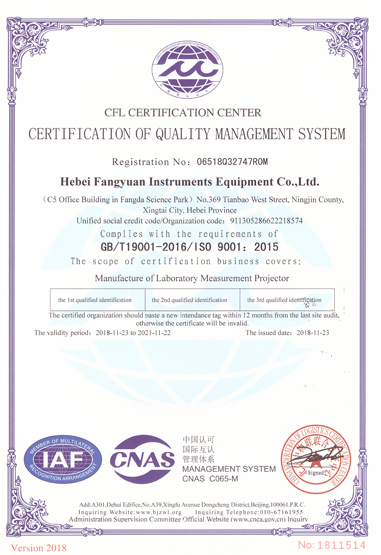china power frequency spark test machine
Understanding the Power Frequency Spark Test Machine in China
The power frequency spark test machine plays a crucial role in ensuring the safety and reliability of electrical equipment. In the context of China's rapidly growing electrical infrastructure, this machine has become increasingly significant in maintaining high standards for electrical safety. This article will discuss the purpose of these machines, their working principles, and their importance in the Chinese electrical industry.
Purpose of the Power Frequency Spark Test Machine
The primary purpose of a power frequency spark test machine is to evaluate the dielectric strength of insulating materials and components used in electrical equipment. By simulating conditions that the equipment may encounter during operation, the machine can determine how well the insulation can withstand electrical stress. This test is essential for ensuring that components such as cables, transformers, switchgear, and circuit breakers can operate safely under normal and extreme conditions.
The test involves applying a high voltage at the power frequency (usually 50 or 60 Hz) to the insulation of a product. If the insulation fails, a spark will discharge, indicating that the dielectric strength is insufficient. Testing is vital before a product goes into market circulation, as it helps in identifying potential failures that could lead to catastrophic consequences, such as electrical fires or equipment breakdowns.
Working Principle
The power frequency spark test machine typically comprises several key components a high-voltage transformer, control circuits, a measurement system, and safety mechanisms. The operating method is straightforward
1. Preparation The test specimen is prepared and connected to the machine. Proper settings are configured based on the specifications of the equipment being tested. 2. Voltage Application The machine gradually increases the voltage until it reaches the specified level. The test typically continues for a few seconds to ensure that the insulation can withstand the stress.
china power frequency spark test machine

3. Monitoring During the test, the behavior of the insulation is closely monitored. Any discharge events are recorded.
4. Results Evaluation After the test, the results are evaluated to determine if the insulation meets safety and performance standards.
Importance in the Chinese Electrical Industry
In China, where the electrical industry is expanding rapidly due to urbanization and technological advancement, ensuring the safety of electrical equipment is paramount. The power frequency spark test machine aids manufacturers in complying with stringent national and international standards.
With increased investment in renewable energy sources, such as wind and solar, the demand for reliable electrical equipment is higher than ever. Test machines help manufacturers ensure that components installed in these systems can perform under varied and often harsh environments. Over time, this not only enhances the overall reliability of electrical infrastructure but also gains consumer trust in the safety of the equipment.
Moreover, as China's Belt and Road Initiative promotes international cooperation, adherence to high-quality standards through rigorous testing becomes crucial. Exporting electrical products to various countries necessitates compliance with multiple industry standards. The spark test machine ensures that products are not only ready for the domestic market but also adaptable to international requirements.
Conclusion
In conclusion, the power frequency spark test machine is an indispensable tool in the evolving landscape of China's electrical industry. By facilitating thorough testing of insulation materials, it ensures that electrical equipment can handle the stresses of operation safely. The machine symbolizes China's commitment to quality, safety, and innovation in its approach to expanding electrical infrastructure, supporting both domestic needs and international cooperation. With the proper implementation and usage of such testing machines, China can continue to enhance the reliability and safety of its electrical systems, paving the way for a more secure and sustainable future.
-
Why the Conductor Resistance Constant Temperature Measurement Machine Redefines Precision
NewsJun.20,2025
-
Reliable Testing Starts Here: Why the High Insulation Resistance Measuring Instrument Is a Must-Have
NewsJun.20,2025
-
Flexible Cable Flexing Test Equipment: The Precision Standard for Cable Durability and Performance Testing
NewsJun.20,2025
-
Digital Measurement Projector: Precision Visualization for Modern Manufacturing
NewsJun.20,2025
-
Computer Control Electronic Tensile Tester: Precision and Power for the Modern Metal Industry
NewsJun.20,2025
-
Cable Spark Tester: Your Ultimate Insulation Assurance for Wire and Cable Testing
NewsJun.20,2025
 Copyright © 2025 Hebei Fangyuan Instrument & Equipment Co.,Ltd. All Rights Reserved. Sitemap | Privacy Policy
Copyright © 2025 Hebei Fangyuan Instrument & Equipment Co.,Ltd. All Rights Reserved. Sitemap | Privacy Policy

Warning: Undefined array key "ga-feild" in /home/www/wwwroot/HTML/www.exportstart.com/wp-content/plugins/accelerated-mobile-pages/templates/features.php on line 6714